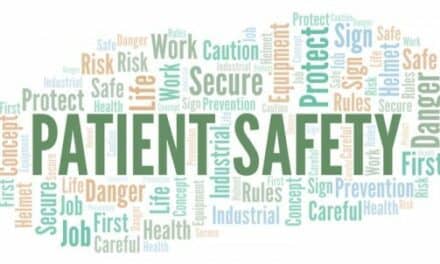Safe implementation of new technologies and therapies accompany classic patient safety challenges on ECRI Institute’s 2017 Top 10 Patient Safety Concerns for Healthcare Organizations. The report highlights concerns from health information management, clinical decision support, and new oral anticoagulants, to long-standing concerns like test result reporting and follow-up and unrecognized patient deterioration.
ECRI Institute relied on its Patient Safety Organization (PSO) event data, concerns raised by healthcare provider organizations, and on expert judgment to select the topics for the 2017 list. Since 2009, when ECRI Institute PSO began collecting patient safety events, the PSO and partner PSOs have received more than 1.5 million event reports and reviewed hundreds of root cause analyses.
“The 10 patient safety concerns listed in our report are very real,” says Catherine Pusey, RN, MBA, associate director, ECRI Institute PSO. “They are causing harm—often serious harm—to real people.”
This year’s list includes:
- Information management in EHRs
- Unrecognized patient deterioration
- Implementation and use of clinical decision support
- Test result reporting and follow-up
- Antimicrobial stewardship
- Patient identification
- Opioid administration and monitoring in acute care
- Behavioral health issues in non-behavioral-health settings
- Management of new oral anticoagulants
- Inadequate organization systems or processes to improve safety and quality
Topping the list this year is information management in electronic health records (EHRs). Healthcare providers have troves of information to manage, and the advent of EHRs has brought this challenge to the forefront.
“But the object is still for people to have the information that they need to make the best clinical decision,” says Lorraine B. Possanza, DPM, JD, MBE, program director of the Partnership for Health IT Patient Safety at ECRI Institute. “Health information needs to be clear, accurate, up-to-date, readily available, and easily accessible.”





